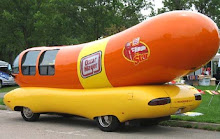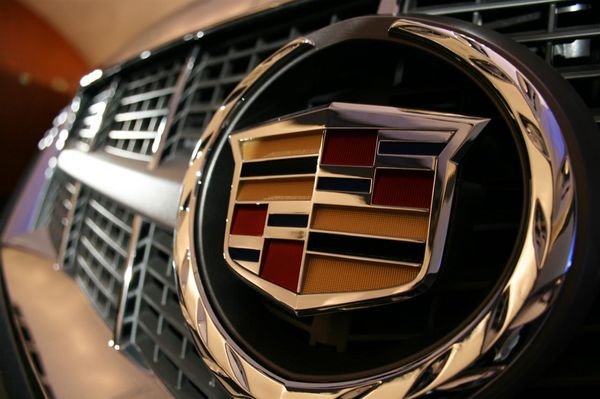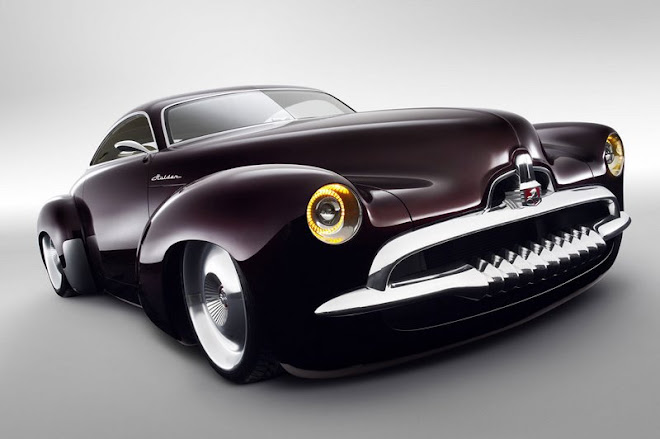Sunday, December 30, 2018
is it easier to try to make something work, or just fix what is wrong?
even back in the times when a wagon, with even simple wooden wheels, thousands of years ago, parts broke. couldn't run down to your closest retail wagon parts store and pick up a axle or two. sorry, just like the wagon, you have to build it all over again, to get your cart going again. but it was either that or you walked like that of the poor, distraught around you. thank god, you could at least afford that 2 pence coffee for your journey back on the Crusades. beats walking in all the horse poop along the jaunt. fast forward to the dark ages, and we find that the "Dark Ages" were really that dark. pretty much nothing had changed, and old carts weren't bringing in the money they used to. face it, all the Roman gold plating from 49 AD just didn't stand up like they used to. at least, going forward, wheels had spokes, allowing for some what a smoother ride. but of course the poor had to do with square wheels. talk about flat spots. modern, during the late 1700's brought metal into the equation, now we have even smoother rides and since there was some sort of standardization of sizes and parts. chances were you had a good chance to find a axle for your 1749 stage coach 4x4. of coarse you could make repairs on the fly, due to the fact we are still dealing with parts made mostly of wood; might not look pretty, but at least you could make it to your new frontier land in South Dakota.
regardless of what you believe is the start of the motorized vehicle era, it wasn't until the turn of the 1900's, did we have the parts that made cars possible. arguments aside, Henry Ford didn't as much create the car, he made a car being a sum of it's parts. sure, even on the assembly line, there were some fit and finish issues, but using like parts, cars were pretty much interchangeable. a engine fit the first and last of the production run, exactly. well, that and the fact Henry kept the car for the most part the same for about 25 years. still, when you were on your farm land in South Dakota (why are you still there?) you could almost whittle any part you may need, until you were able to order a new one from Sears and Roebuck. of course, you had to go back to the old horse and buggy to ride 30-50 miles to the train depot to pick up that carb and ma's new dress. even during the great depression and both wars, cars and trucks became more complicated, even if they still were the basic forms of transportation we came to know and love.
what is important here,
was even when the great depression was upon us, the used car market was the great divider. with so few could buy new, the used market flourished. you would pool your monies together and buy a $24 dollar Model T (in black of course) and make it usable with other parts scavenged from other Model T's. the pure simplicity of the Model T and other basic cars, ushered in the auto parts industry.
still a throw back to times of yore, the blacksmith became the first independent repair shops, well because even back then, people hated to go to the dealer for any kind of service. so now we have Charlie's Tack and Carb shop, in the heart of town (or near the cat house) still have that 50 year old stage coach? bring it on down; need a engine rebuilt in a 1931 Buick? maybe a bit more difficult, but still doable.
you see, every year cars became more complicated. there maybe different reasons for doing so, but we now have what is termed "parts proliferation" the carb for that 1931 Buick may only fit a 2 year production year, fitting a 1 barrel "Fish" updraft carb (look that one up) to a what we called normal 1 barrel Rochester down draft unit. if you were one of the many millions of people selling apples and pencils, waiting for a new part was out of the question. so back to the new "Charlie's and Son's auto and tack shop" for a more reasonable repair. so begins the age of non-approved car repairs. in what started in the back of the car dealerships, parts stores made the confusion of parts proliferation simple. the OEM's not only sold their parts to the dealers, but allowed the selling of like made parts, or even the same as OEM parts, made by the manufactures who made the said parts for the OEM's. now this all hastened the beginning of the universal one size fits all, car parts. I remember in the early 1980's, having a large company come in, and tried to sell us upon the idea, that their 2 different part numbers of fuel pumps would fit over 95% of the cars on the market up to those times. really? in the 1950's, yeah, but a fuel pump for a 1971 VW beetle is not going to work for a 1969 Dodge Charger with a 426 hemi engine. needless to say, in a few years, that idea fell out of favor, well at least for the like replacement parts; there was always going to be a market for universal parts, for use in the not quite like parts replacement.
now, when you went down to "Charles Son's Auto Repair Shop" chances were you could find some kind of part that would come close to fit and finish, as well as performance for your Dad's 1931 Buick. one could almost say, this concept of parts and the GI's coming home from the war, created the hot rod market overnight, close, but not so much so. ( this is a subject for another tale)
in the 1970-early 90's, you could still find use for many universal parts, but the days were numbered. as computer controlled parts killed it for most people. it would take a car to be on it's 3-4th owner, that most factory, or even replacement parts, would be out of reach for their owners wallet, let alone being able to do it yourself repairs. now one would find that "CSARS, LL C" work would be priced out of the means for these "poor" people, who needed basic transportation that didn't require public transportation, self propelled means, or horse and buggy, to keep a job. emission laws, and controls, as well as state inspections, made it a difficult decision of have food for the rest of the month, or fixing the brakes. universal parts would no longer work for newer cars and trucks. so after 10-15 years, the used car you picked up for $2000 dollars, can barely run, let alone have any working creature comforts.
so bottom line here, is that once a new car falls out of any usable kind of warranty and goes thru two or three other owners, there is no reasonable options of cheap repairs for this. worse yet, is not only will universal parts not work, trying to cobble together some working means of being able to use the car for transportation, will not work for those living below the middle class. the death of any affordable car is upon us; we want SUV's, with all of their complicated controls, or now the flavor of the month, electrical cars, will never have universal parts to maintain their usage.
looks like the horse and cart will return, abet with working a/c and 32 speaker radios
Subscribe to:
Posts (Atom)








